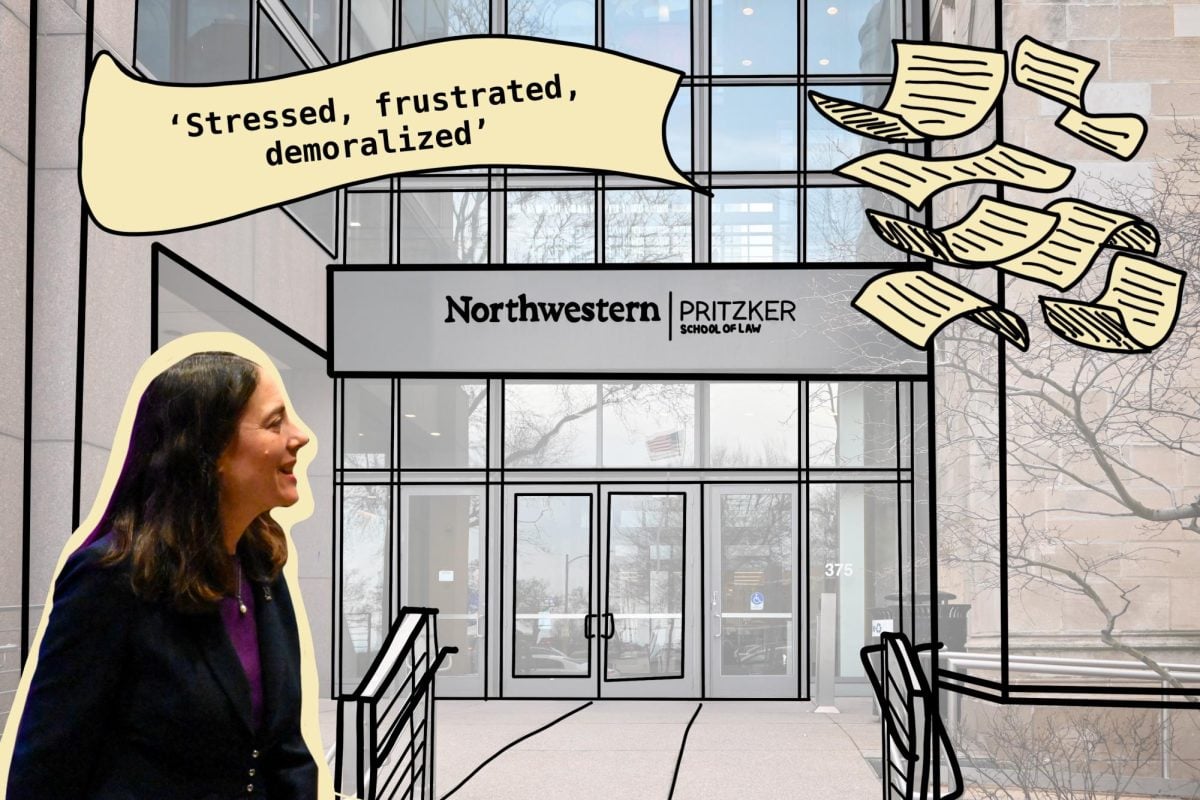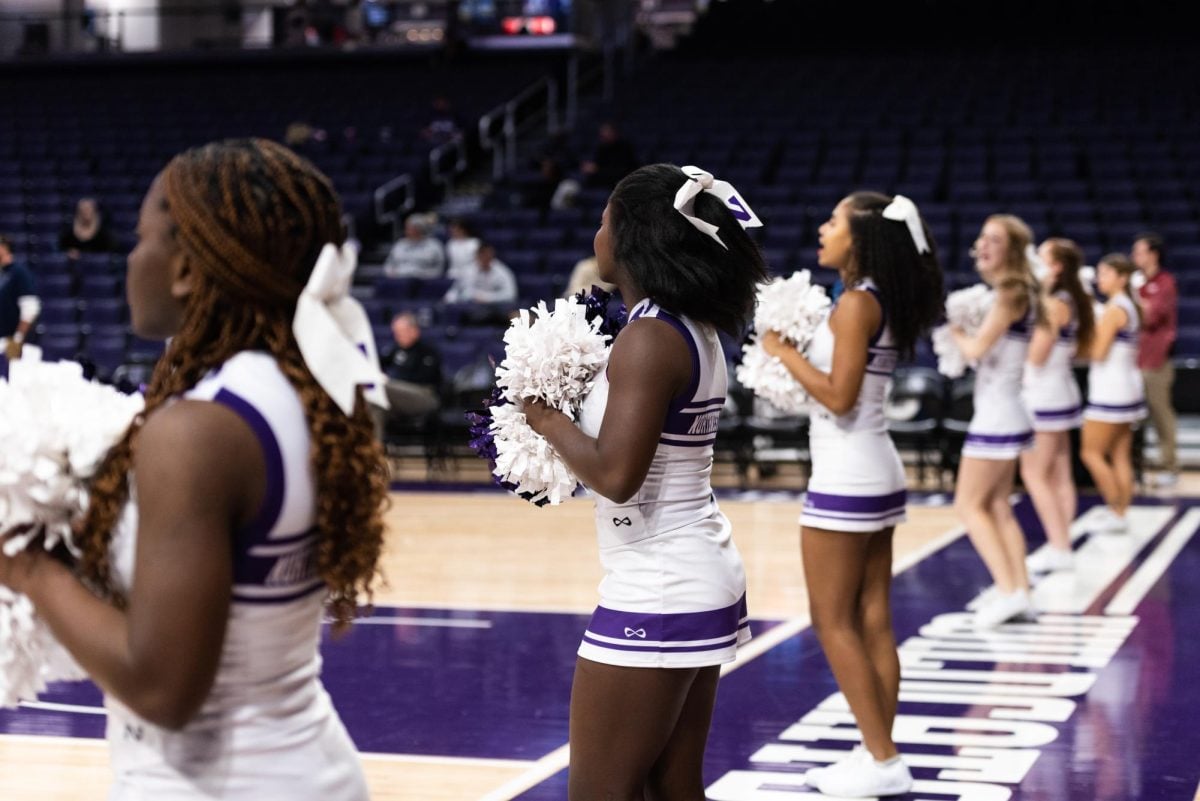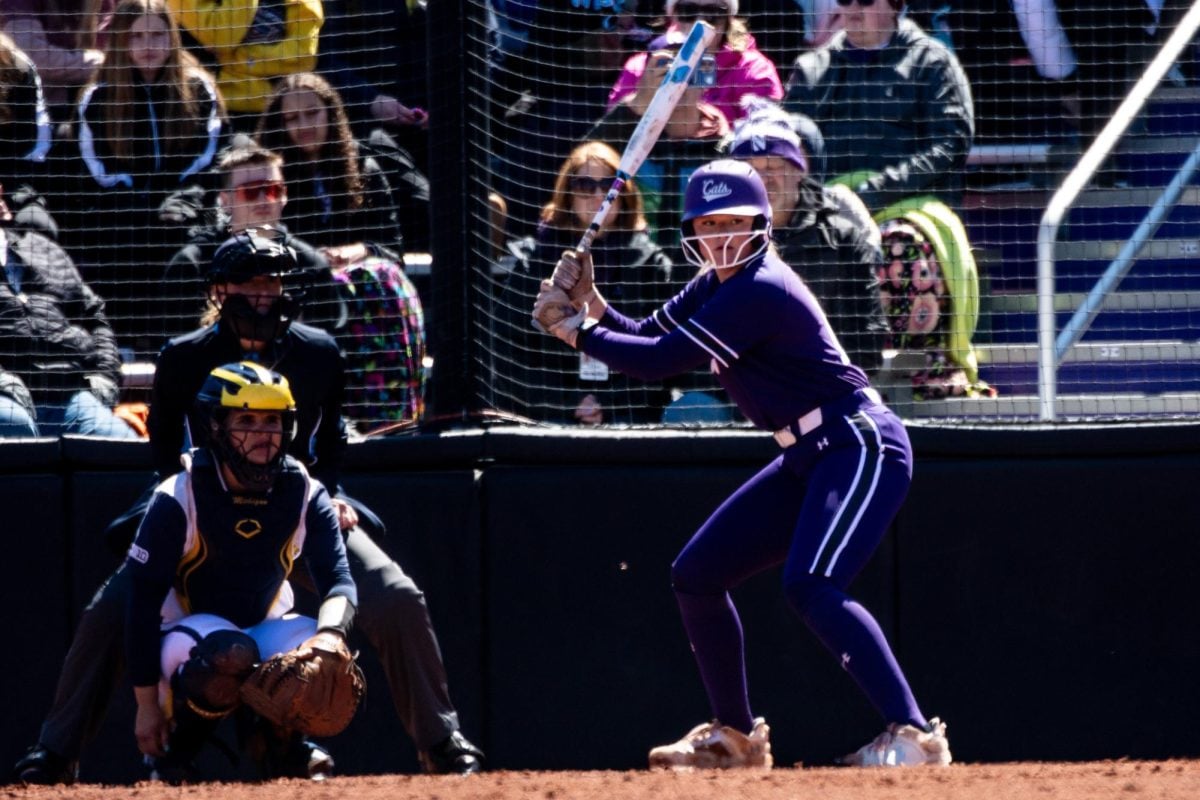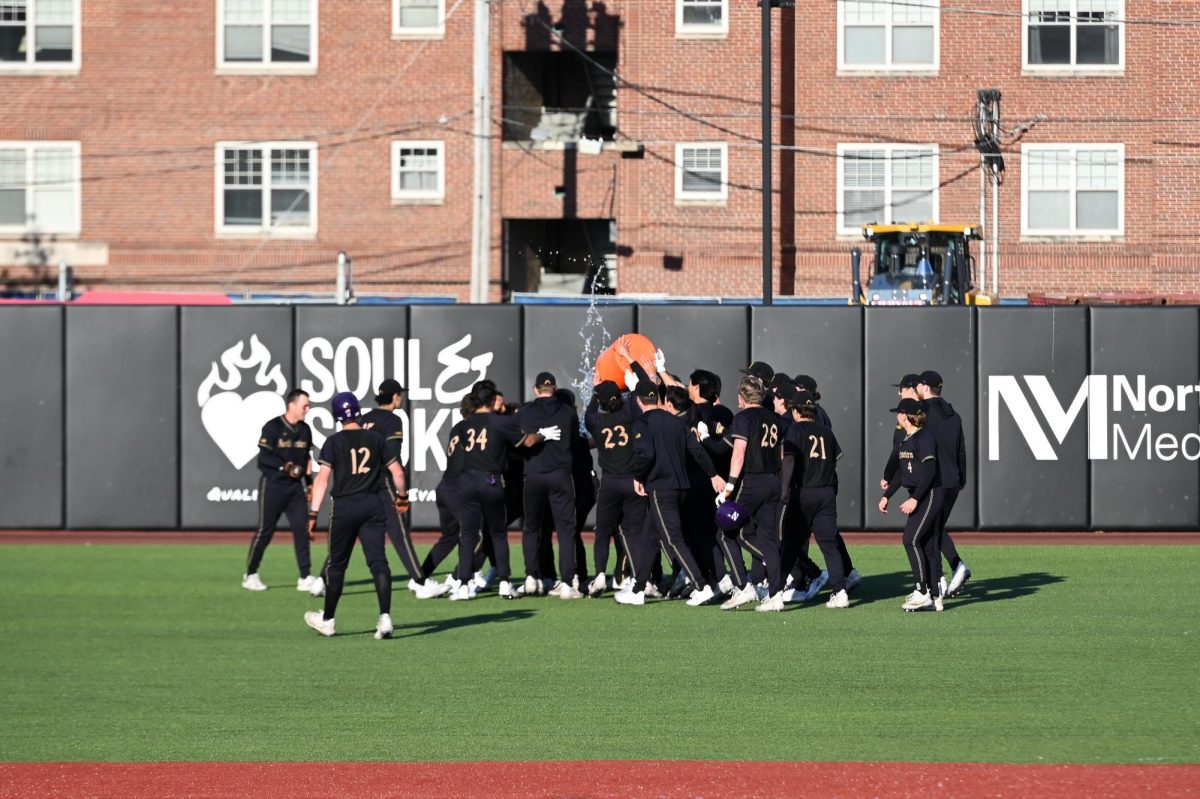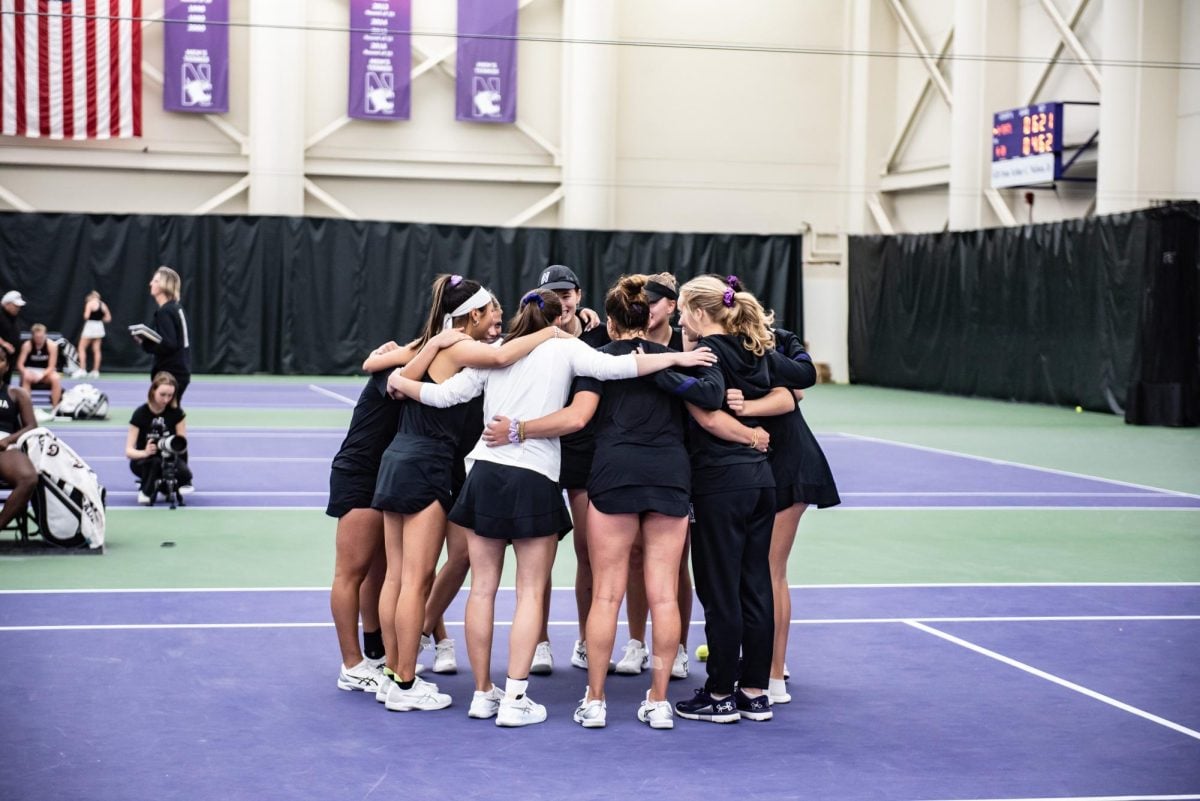In October 2010, the Northwestern athletics department proudly announced it was embarking on drafting a master plan for athletic and recreational facilities upgrades. In a statement, athletic director Jim Phillips heralded the comprehensive study of NU’s sports facilities, calling it “a monumental milestone for Northwestern’s department of athletics and recreation.”
The release said the plan would be ready for presentation to the University community, including NU students, faculty and staff, by spring 2011.
A year past that proposed deadline, no ground has been broken, no building permit applications have been submitted to the Evanston government and “various iterations” of the plan are still being analyzed by the Board of Trustees, confirmed Eugene Sunshine, senior vice president for business and finance.
Apart from top NU administrators and the Board of Trustees, no one has even seen the plan, much less offered input.
Phillips declined to comment for this article.
“The board takes its job very seriously in trying to look at the different alternatives and to balance out and make the right decisions on where we’re putting things and what we want to put there and what size it should be,” said William Osborn, chairman of the Board of Trustees. “How is parking impacted by it? What is the right framework for open space?”
As a university with limited, if any, land available for expanding its campus, NU faces an especially precarious balancing act of maintaining a well-established academic reputation and improving on a less robust athletic resume. Complicating that challenge are the ever-increasing expectations for a Division I program competing in a major athletic conference.
‘It’s a pretty complicated puzzle’
After spending last summer studying other schools’ stadiums, training centers and athletic facilities, the athletics department presented the board with a plan for NU’s athletic facilities upgrades, Sunshine wrote in an email. Since then the board has debated multiple versions of the proposal, and “no plan has been adopted yet,” Sunshine wrote.
Concerns about the appropriate use of NU’s land, particularly on the Evanston lakeside campus, have in part delayed the plan for facilities upgrades, Osborn said. Many of NU’s current athletic facilities, including the stadiums and training centers for its football and men’s basketball teams – the two highest revenue-generating programs for the University – are located at least one mile away from the majority of campus at the corner of Central Street and Ashland Avenue.
Although moving those facilities onto campus would offer obvious benefits, NU’s land-use problems are complicated by its location next to Lake Michigan. To move any athletics facilities from Central Street to campus would likely mean displacing other academic or administrative buildings.
“It’s a pretty complicated puzzle because we’re pretty well landlocked,” Osborn said. “We don’t have 2,000 acres of land like Stanford does.”
Stanford tore down its on-campus football stadium and built a new state-of-the-art facility in 2006.
Osborn cautioned against reading too much into the University’s delay in unveiling an athletic facilities master plan. He likened the pace of the discussions to those of other large-scale facility plans.
“If you go back and look at the work we’ve done on the new music and communication building or the Kellogg building, these things, they started out all in a different location,” Osborn said.
The plan, when finalized, would include facilities improvements for NU’s student-athletes as well as the general student population, Osborn said. Improved facilities for students are closer to being finalized, though Osborn declined to say what specific student recreational facilities improvements might be made.
In an interview with The Daily, University President Morton Schapiro discussed the possibility of building a gym on Clark Street in addition to renovating Patten Gymnasium and the Henry Crown Sports Pavilion and Aquatics Center.
“I didn’t want to do upgraded facilities that were only for football players,” Schapiro said. “We’re trying to do stuff that would support the football program but also stuff that would support the non-football. We’ve got 100 football students and 8,000 other students on campus. We want to serve them both.”
Schapiro also said University officials have discussed a plan to redo Long Field and put in a “turf and track area.”
Once the board approves a plan for student-athlete facilities, the University will still have to come up with funding, likely through donations, before any improvements can be made.
“We’ve got to raise money to do all this,” Osborn said. “So we then have: How does it fit into our comprehensive capital campaign that we’re kind of in the early stages of determining what size that should be and what are the priorities in terms of spending?”
The University has had no trouble raising money for its ongoing capital campaign for the Strategic Plan released last fall. Schapiro has spent much of the spring flying to various fundraising events, bringing in an average $6 million in donations a week, he said.
A broken promise?
Ifeadi Odenigbo found plenty to like about NU. The four-star football recruit from Centerville, Ohio, prioritized academics in his recruiting, helping him narrow his choices to NU, Stanford and Notre Dame. Odengibo passed up offers from football powerhouse schools such as Alabama and Ohio State. He formed bonds with NU players and enjoyed coach Pat Fitzgerald’s “all-business” recruiting pitch, he said.
Despite the seemingly perfect match, Fitzgerald and linebackers coach Randy Bates felt the need to address a weakness in NU’s appeal and assure Odenigbo that it would be fixed.
“They were telling me, ‘Yeah, we know our facilities aren’t up to par compared to everyone else’s, but just be patient with us. We’re building a brand-new facility,'” Odenigbo said.
Unlike many of the Wildcats’ competitors, which boast 100-yard, state-of-the-art indoor practice facilities, the field in NU’s Trienens Hall is just 80 yards long. It opened in 1996 and expanded in 2003.
“They said the current facility is not up-to-date like all the other big powerhouses,” Odenigbo said. “But they said the brand-new facility is like a step in the right direction, saying that our athletic director cares about football and how he wants our football team to become a great program.”
Odenigbo said he was told the University plans to build the new football practice facility on lakeside property and that it would be completed by his sophomore year in fall 2013.
Schapiro confirmed that a new football practice facility was in the works, but said the earliest the new facility would be finished was by 2014.
The board has made no decision regarding a lakeside practice facility, Osborn said.
To build such a facility, NU would have to overcome several obstacles.
A lakeside facility would likely be built at least in part, if not entirely, on floodplain land. Such land is subject to strict construction requirements and regulations.
The water reservoir beneath the University’s parking lot to the east of the Kemper Hall, a possible site for the new practice facility, presents yet another potential complication. The city of Evanston owns the reservoir and sells the water, according to Schapiro.
Sunshine said for NU to build anything on the Kemper lot, the reservoir would need to be relocated.
“If we could move the reservoir, maybe under Long Field or somewhere under there, then we can tear that up and put in a turf field,” Schapiro said.
These impediments to building the new lakeside practice facility could force NU to miss out on what former NU cornerback Jordan Mabin said would be a “treme
ndous” improvement for the program.
“It’s kind of a hike for the freshmen because they don’t have cars,” Mabin said of the Cats’ current indoor practice facility at Trienens Hall, located just north of Ryan Field. “Moving the facilities onto campus would be more convenient for all the athletes.”
A new lakeside practice facility could also help draw in top-quality recruits, said Irving Rein, a sports consultant who has worked with Major League Baseball on improving its contemporary appeal.
“The lake is such an attractive venue for something,” said Rein, a professor in the School of Communication. “It would probably be very attractive for recruits to see it.”
In addition to the nicer location, Mabin said it would benefit the football team to have a 100-yard indoor practice field with higher ceilings to allow for better special teams practice.
“The ceiling had a little bit of a problem with punting indoors,” Mabin said. “If they move into the new facility, I’m pretty sure they would make it high enough for punting.”
‘Arms race’ in college sports
It has been 15 years since NU last made significant renovations to its football facilities. After the Cats won a share of the 1996 Big Ten Title and made a trip to the Florida Citrus Bowl, Dyche Stadium was renovated and renamed Ryan Field for the start of the 1997 season. The $30 million renovations included adding a new press box, stadium club level, locker rooms and training facilities. The turf field was also replaced with grass.
Since then, increasing competition, more money in college sports coming from television contracts and rising fan expectations have prompted universities nationwide to invest millions of dollars into overhauling their athletic facilities.
“The big difference now is that almost everybody, especially in conferences like the Big Ten, the SEC, the Pac-12, have upgraded their facilities,” Rein said. “So in a way, it’s kind of an arms race.”
Before the 2008 football season, Michigan State completed a $15 million renovation of its football facilities, featuring new meeting rooms and coaches’ offices. At Iowa, a new indoor practice facility that connects to the football operations building is under construction after the school deflated its 27-year-old indoor practice “Bubble” in April.
“With the Big Ten Network, Nebraska coming into the Big Ten Conference, expectations are continuing to go up,” Rein said. “You can’t discount that kind of competitive situation.”
At NU, Osborn said the University is more concerned with taking its time than rushing to keep up with the competition.
“It’s more important to do it right than to move it quickly and do it wrong,” Osborn said. “We understand what the world is looking for out there and what people would like us to have. At the same time, we have to deal with our own priorities that fit Northwestern and the limitations that we have.”
A delicate balance
The state of NU’s facilities did not factor into Davide Curletti’s commitment to the men’s basketball 2008 recruiting class.
“I kind of based my decision more off of reputation and stuff like that,” Curletti said. “So I actually committed to Northwestern before I visited here.”
Curletti said he is satisfied with NU’s current basketball facilities but that the lack of a video scoreboard in Welsh-Ryan Arena is “a very glaring problem.”
When Curletti made his first official visit to the Evanston campus, he said “they really stressed facilities on campus like the dorms and the classrooms.”
Although there is a transportation system set up with the Ryan Field and Intercampus shuttles, Curletti said, having on-campus facilities would be more convenient, especially for underclassmen who do not have cars.
“There’s some discussion about, should we be moving more down to the campus?” Osborn said. “But then when you do that, how do you balance that with some of our needs for our academic facilities going forward, such as the new Kellogg building and some of the other research buildings?”
NU coaches emphasize the benefits of attending a top academic school during the recruiting process. Adding athletic facilities on campus would require moving or eliminating academic buildings. NU placed 12th in the nation in the U.S. News and World Report rankings of national universities, a much higher status than either the football or basketball team has achieved in recent history.
The football team has won or shared three Big Ten titles since the 1995 season but is still searching for its first bowl game victory since the 1949 Rose Bowl.
The basketball team remains the only team from a major conference never to have received a bid to the NCAA Tournament.
“We really are trying to make certain that we are mixing and matching appropriately our efforts around our conference and what the demands are there, and at the same time continue to move the bar in terms of excellence for what we’re doing on our academics side,” Osborn said.
While the NU athletic department awaits approval of its renovation plan, two other major building projects on campus are set to begin soon. The University will break ground on the new Bienen School of Music building Friday and will begin construction of the new Visitor’s Center this summer. Both projects are expected to be finished by early 2014.
Academic construction projects should not stand in the way of raising money for renovations to athletic facilities, Rein said.
“I just don’t see how they’re correlated,” Rein said. “The people that you’re going to ask for the money and things of that nature (for athletics facilities) are not the same people you’re asking for the music building.”
Improvements or expansions to NU’s athletic facilities could not be paid for with revenue from the programs. NU’s athletics department does not make a profit.
Until the board settles on a plan for athletic facilities upgrades to match the improvements to the University’s academic facilities, NU’s athletes will simply have to deal with facilities they currently have, a fate that Curletti said isn’t so bad.
“You can have the greatest facilities in the world,” Curletti said. “But at the end of the day it’s just a hoop and a gym.”

